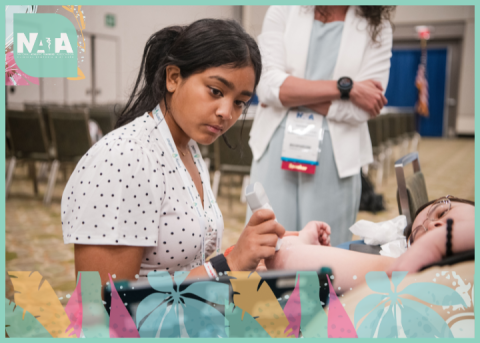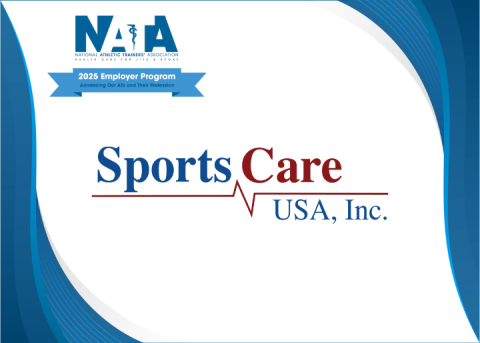
By Jennifer McHenry, MS, LAT, ATC, with additional reporting from Emma Nye DAT, LAT, ATC
I have been an athletic trainer in the high school setting for more than 20 years. I hope my athletes remember me after they graduate as someone they could trust and turn to when they had a problem, whether it was athletic related or not.
Prior to 2015, athletes who identify as transgender were not on my radar. It wasn’t until I had my first male to female transgender athlete participate in girls’ soccer that I became aware of their specific needs. I never contemplated locker room or bathroom use, injury evaluations or appropriate pronouns for transgender people before Kyla started playing soccer. For me, the key for my treatment of all athletes is to focus on what an athlete needs to feel supported, included and safe. The Iowa High School Athletic Association and Iowa Girls High School Athletic Union have excellent nondiscrimination policies and guidelines for inclusion and respectful treatment of transgender athletes.
These policies include protection against:
- Exclusion of a person or persons from participation in, denial of the benefits of or subjection to discrimination in any academic, extracurricular, research, occupational training or other programs or activity
- Denial of comparable opportunity in intramural and interscholastic athletic programs
- Discrimination among persons in employment and the conditions of employment
The Iowa High School Athletic Association also outlines specific guidelines for inclusion for athletic participation, including recommendations for media communication and publications for appropriate pronouns, overnight travel accommodations, inclusive apparel and dress codes and confidentiality.
Although policies and guidelines exist for the state, not all student athletes felt comfortable with Kyla participating in high school sports. Kyla chose to use the female locker rooms because that is where she felt most comfortable. However, not all of the other female athletes were comfortable with this. It took some counseling and discussions to make sure those athletes understood and accepted Kyla’s right to use the gender-specific facility in which she identifies. Throughout the education progress, it was important to remember that uncomfortable doesn’t mean unsafe. One potential solution was to have conversations with the schools administration about a privacy area in the locker rooms for people to use for changing purposes if they were uncomfortable changing around others.
The Human Rights Campaign has a “Schools in Transition” guide that outlines many of the issues faced by transgender students during the regular school day, as well as specific issues that can be addressed for athletic and physical education inclusion. Navigating these types of resources was vital, for me, to ensure I was using best practices when treating Kyla.
Pronouns were also an area I lacked experience. Oftentimes, other athletes would refuse to acknowledge Kyla’s pronoun, and Kyla would become incredibly frustrated because she felt they were doing it to be purposefully hurtful. It is impossible to control everyone’s behavior and eliminate this throughout the school, but I made sure Kyla knew my athletic training facility was a safe place. I also corrected students when they used the wrong pronoun and worked on making sure they knew it was hurtful to Kyla and all transgender people. The team coaches also would communicate expectations to other student athlete, which helped eliminate the issue. Kyla’s coach was very instrumental in making sure she was accepted by her teammates and that she felt she belonged. We also communicated with opposing teams about our expectations about treatment of athletes in general, without violating Kyla’s privacy.
Neither IHSAA nor IGHSAU tracks how many transgender athletes participate in athletics in Iowa. The groups are only aware of a transgender athlete if a school requests assistance in providing the best opportunity for their athlete. Athletic trainers play a vital role in communicating with these organizations to ensure they are following best practices within the athletic training facility.
I’m grateful Kyla was open to talking about her transition and was open in answering questions about what she needed to feel supported. I recently asked her to look back on her high school experience and give me some feedback to help the next transgender athlete I may provide care for. The main point Kyla communicated was that we respected her, provided a safe space, educated those around her and gave her the opportunity to be herself. That goes a long way for anybody, but for high school athletes who feel marginalized or threatened, it can be vital to their success.
References
http://www.iahsaa.org/wp-content/uploads/2013/02/Transgender-Guidelines.pdf
https://ighsau.org/about/policies-guidelines/





